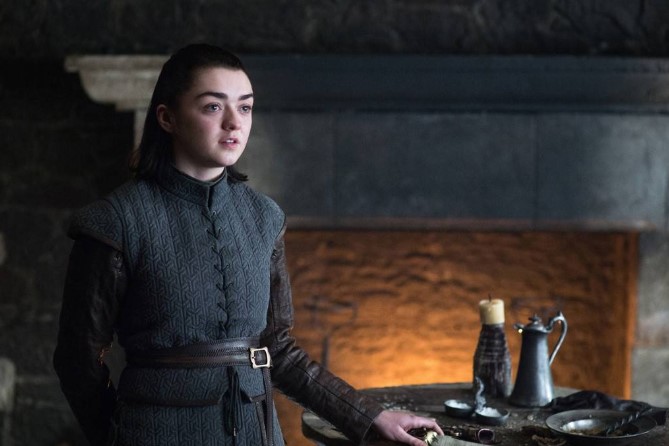Beginning April 14, the world will tune in to watch the Starks, Daenerys Targaryen’s armies and some wayward Lannisters do battle with an undead army and a zombie dragon. For most of the past decade “Game of Thrones” has awed viewers with its bold plotlines and political intrigue. But its fantasy world is not as mythical as it seems, and some of its most pivotal moments are rooted in history.
Author George R.R. Martin often draws from the historical record, and there are a plethora of historical parallels in his “Song of Ice and Fire” series upon which the HBO series is based. The Dothraki’s fearsome bloodriders mirror the indomitable force of Genghis Khan’s cavalry. And the shocking Red Wedding was practically torn from the pages of Scottish history as it was based on the Glencoe massacre of 1692, in which Archibald Campbell’s soldiers slaughtered members of the McDonald clan amid a bitter blood feud.
Feuding is rampant in “Game of Thrones” and likely inspired in part by the Wars of the Roses in 15th-century England between the Lancasters and the Yorks — and the feuding in Scotland, which was far more prevalent. Blood feuding, both in Scotland and in Westeros, evokes images of bloodthirsty men of the aristocracy, eager to exact retribution for slain family members. However, for every Rob Stark we have a Catelyn Stark, who took it upon herself to avenge her dead husband.
So what does history tell us about these bold women?
Historian Keith Brown, Dean of Humanities at the University of Manchester, notes that the women of early Scottish history were seen as “soft targets” in the eyes of acquisitive neighbors — or sometimes their own family — and their “best defense lay in marriage.” Yet these women could also wield power to avenge their families, not unlike Cersei Lannister, Margaery Tyrell and Sansa Stark.
Original article: https://edition.cnn.com/2019/04/07/entertainment/game-of-thrones-women-history-trnd/index.html































Comments